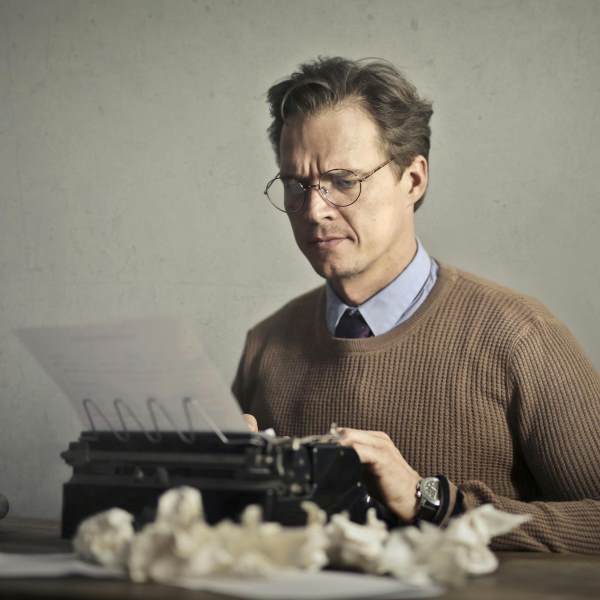Intrauterine insemination (IUI) is an established technique in assisted reproduction. Prepared sperm are placed into the uterus using a soft catheter; fertilisation and implantation occur in the body. This article provides a clear, balanced overview: indications, realistic success rates, the practical steps, safety considerations, and how IUI sits alongside ICI, IVF and ICSI.
What is IUI?
Before IUI, the semen sample is washed and concentrated, removing seminal plasma and enriching progressively motile sperm so the sample is better tolerated. The sample is then introduced into the uterus via a thin catheter. IUI can be done with partner or donor sperm. A concise public introduction is available from NHS Inform.
Who is it for?
IUI is typically considered for unexplained infertility, mild male-factor issues (moderately reduced concentration or motility), cervical factors, dyspareunia/intercourse difficulties, and for treatment using donor sperm. If the fallopian tubes are blocked, the semen parameters are markedly impaired, or ovarian reserve is clearly reduced, IVF/ICSI is often more appropriate. A neutral indications overview is provided by the HFEA (UK Regulator).
Evidence & success rates
Per-cycle chance depends mainly on age, diagnosis, quality of the prepared sample, stimulation strategy, and precise timing. Guidelines and reviews show, for unexplained infertility, an advantage over expectant management—particularly with mild stimulation and good timing. Absolute rates remain moderate; several structured IUI cycles in series are common before considering a move to IVF/ICSI. Helpful references include NICE fertility guidance and ESHRE guidance.
Prerequisites
- At least one patent fallopian tube (e.g., confirmed with HSG or HyCoSy).
- Evidence of ovulation—spontaneous or medication-triggered.
- Sufficient progressively motile sperm after preparation (centre thresholds vary).
- No active genital infection; up-to-date STI screening where appropriate.
- For donor sperm: defined screening, traceability and documented consent processes.
Step-by-step process
- Preparation: History, cycle monitoring, semen analysis; tubal patency assessment if indicated.
- Stimulation (optional): Letrozole/clomifene or low-dose gonadotrophins; aim for 1–2 mature follicles.
- Ovulation timing: hCG trigger or monitoring via LH testing and ultrasound.
- Semen preparation: Swim-up or density-gradient; record concentration and motility after washing.
- Insemination: Placement with a flexible catheter; usually a brief, well-tolerated procedure.
- Aftercare: Usual activities can typically resume immediately; luteal progesterone support varies by centre.
- Testing: Pregnancy test about 10–14 days after IUI.
A succinct, impartial overview of steps and success factors is available from the HFEA.
Timing & stimulation
Timing is crucial: IUI is usually performed 24–36 hours after an hCG trigger or near a spontaneous LH surge. Mild stimulation can increase per-cycle chance but requires close monitoring to avoid multiple pregnancy. Guidance recommends conservative dosing, clear cycle-cancellation criteria if too many follicles develop, and a limited number of cycles before considering a method change (see NICE).
Risks & safety
IUI is generally safe. The main concern is multiple pregnancy when stimulation leads to excessive follicle numbers. Other uncommon risks include infection, cramping or light bleeding after catheter passage. Good practice includes aseptic technique, conservative stimulation, cancelling cycles with too many follicles, and clear counselling about benefits and limits. A concise risk summary is provided by NHS Inform.
Comparison: ICI · IUI · IVF · ICSI
| Criterion | ICI | IUI | IVF | ICSI |
|---|---|---|---|---|
| Setting | Low-threshold; placement near the cervix | Clinical; washed sample into the uterus | Clinic + laboratory; fertilisation in lab | Clinic + laboratory; micro-injection per oocyte |
| Sample | Unprocessed or simply washed | Washed, selected | Prepared; co-incubation | Single sperm injected into each oocyte |
| Per-cycle success | Rather low; highly timing-dependent | Moderate; age/diagnosis dependent | Higher than IUI; age dependent | Similar to IVF; advantage with male factor |
| Complexity | Low | Low–medium | Medium–high | High (micromanipulation) |
| Key risks | Small; hygiene/testing central | Multiple pregnancy with stimulation | OHSS, procedure-related risks, multiples | As IVF + potential cellular damage |
| Typical use | Starting option without severe factors | Unexplained infertility, mild male factor, donor sperm | Tubal factors, endometriosis, failed IUI | Pronounced male factor, fertilisation failure |
Guidelines support a stepwise approach: several well-planned IUI cycles and—if unsuccessful—a structured transition to IVF/ICSI.
Planning & next step
- Define indication and alternatives; set expectations realistically.
- Choose a cycle strategy (natural IUI vs mild stimulation); cancel if too many follicles develop.
- Agree in advance the number of IUI cycles and when to consider switching method.
- Ask about laboratory quality: preparation report with post-wash concentration and motility.
- Optimise lifestyle (nicotine, alcohol, BMI, sleep, physical activity) — small gains add up.
RattleStork — IUI well organised
RattleStork is not a clinic and does not replace medical advice. The platform supports your personal organisation around IUI: verified profiles and secure messaging, private notes for appointments, medicines and questions for your care team, plus simple checklists for timing and consultations. This keeps information together—from the first visit to the test result.

Conclusion
IUI is a low-burden option with a moderate per-cycle chance of success. It is particularly relevant for unexplained infertility, mild male-factor issues and treatments with donor sperm. Success depends on precise timing, conservative stimulation, clear cancellation criteria and transparent counselling. If several well-planned cycles are unsuccessful, discuss moving to IVF/ICSI with your centre.

